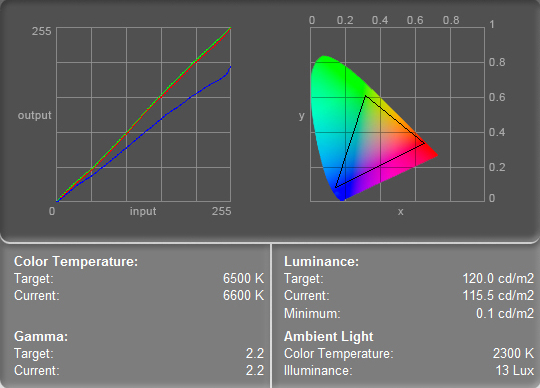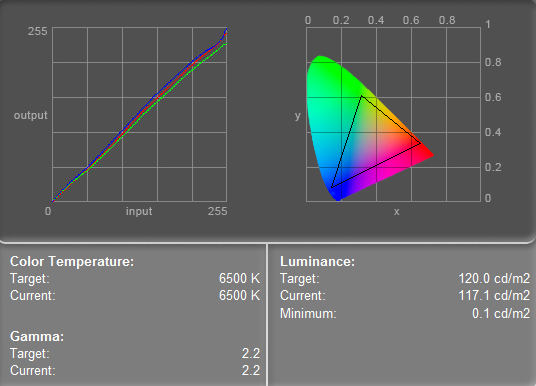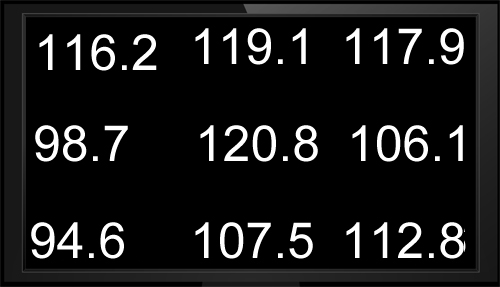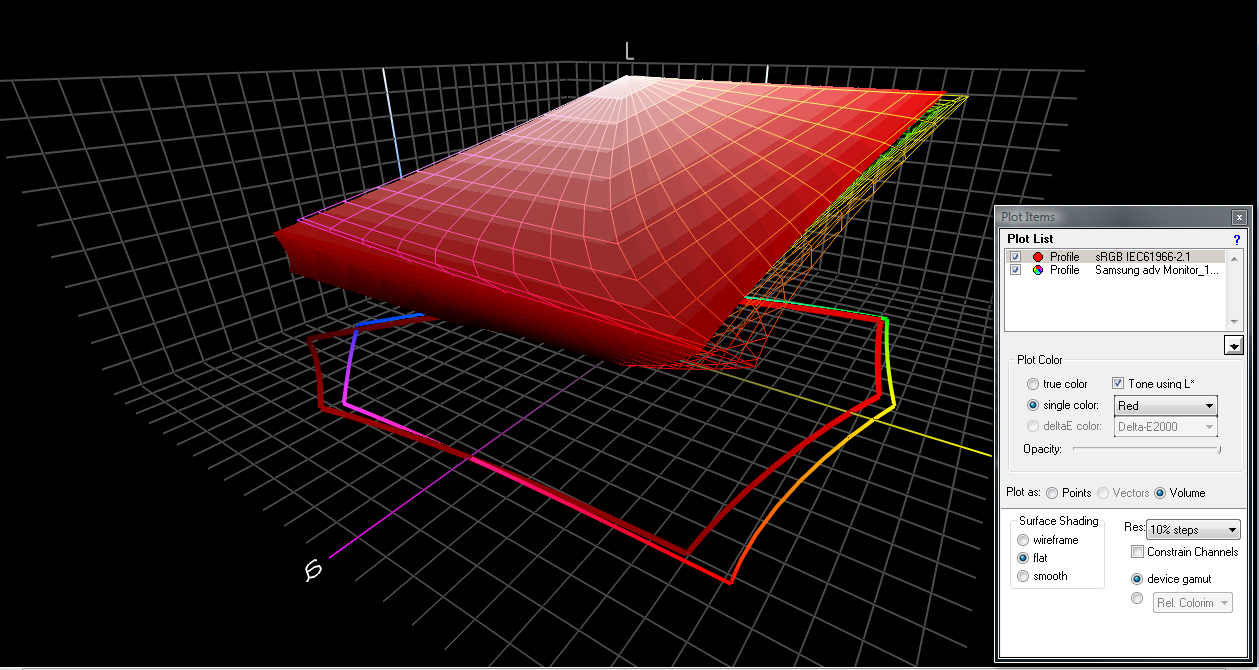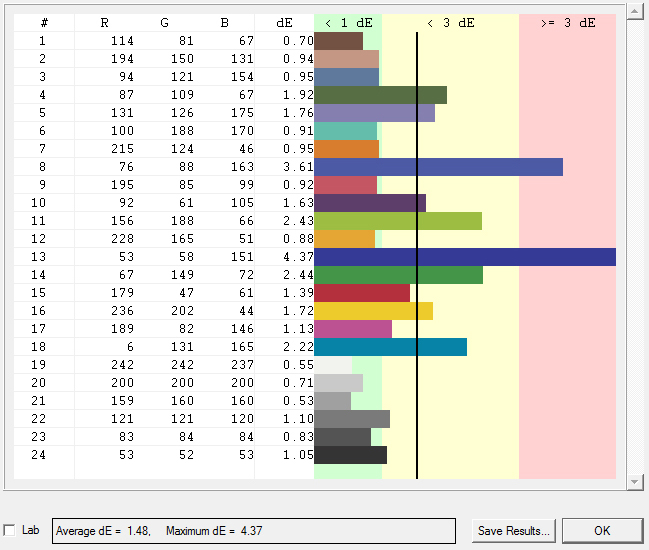CCFL Versus LED: Is There A Downside To Going Green?
With the display market quickly transitioning to LED backlighting, are we losing anything in the move away from CCFL? Sure, LED is supposed to be greener, with richer contrast and color...but is it? Before you jump to conclusions, check out our review.
Quality Tests: Samsung P2350
Now on to Samsung’s CCFL unit. Despite having the same default settings as the BX2350, this LED unit had us reaching for sunglasses the first time we fired it up, thanks to its relatively nuclear 315.5 cd/m2 luminance (0.3 cd/m2 minimum). While near the end of this roundup, the P2350 was actually the first monitor here on our bench, so we spent the most time experimenting with it. To illustrate the point of how there’s more than one way to calibrate a screen, here’s an Eye-One Match 3 summary for a calibration in which we nearly hit out 120 cd/m2 and 6500K goals. The standout point is that we left the blue channel at 100 and had to dial back the red to 39 and the green to 28.
See how far the blue line pulls away from the others? Now, here’s a calibration at 6500K with a 117.1 cd/m2 luminance. The color channels are dialed in at R60/G35/B50.
Better, right? Now, in the first calibration, we had the monitor set at a brightness of 36 and a contrast of 83. In the second, we kept the same contrast but notched back to 34 brightness. This was the configuration we finally settled on. We point all this out to illustrate how calibrations are not fixed; there’s no one right way. If you prefer, say, a brighter screen or stronger blues, you’ll want to prioritize those attributes at the outset and calibrate around them.
The P2350 flags a bit in overall luminance. It’s strongest at the center, with a moderate fall-off toward the left.
At these color settings, the P2350 turns in good results in our gamut test, showing a total volume of 897 107. The sRGB only escapes past the monitor’s capabilities in the violet range. For the curious, we left ColorThink Pro’s control UI showing in this screen capture.
The P2350 performs very well on accuracy in the grayscale tones. We see the usual bumps in blue inaccuracy, but overall, the Samsung CCFL remains true enough to average only a dE of 4.37.
Get Tom's Hardware's best news and in-depth reviews, straight to your inbox.
Current page: Quality Tests: Samsung P2350
Prev Page Quality Tests: Samsung BX2350 Next Page Quality Tests: Viewsonic VG2428wm And Final Analysis-
nforce4max I am going to get such a monitor later this year. Imagine the leap from CRT to Led LCD.Reply -
Ragnar-Kon I personally can't wait until the OLEDs manufacturing process becomes cheaper. Having seen Sony's new OLED displays at this year's NAB in Vegas, I can say they are VERY VERY impressive.Reply -
scook9 I know that I have been rocking a pair of Gateway FHD2400's for a few years now and love them as they meet all my needs and have never left me wantingReply -
g00b Ummm ... LED? They are all LCD :).Reply
"Ultimately, we’d pick LCD for media consumption, but we’d pick CCFL for editing work where detail and accuracy are paramount. LCD is more fun to watch; CCFL is more reliable." -
theshonen8899 Basically the differences are very dramatic right? I'm gonna sound like a hippie for this but I'd definitely go for the greener option. Just being polite for our future generation is all.Reply -
wrxchris May not be too relevant here considering that this article was based around image quality, but as a gamer, I'm still plenty satisfied with my trio of 25.5" Asus TN monitors. Yes, they bleed a bit of light around the edges and the colors may not be very accurate, but they handle fast moving images with no problems and only cost $750 for the set. And my favorite feature is the 16x10 aspect ratio, which is becoming quite hard to find these days; not sure why people are so willing to give up vertical screen space.Reply
